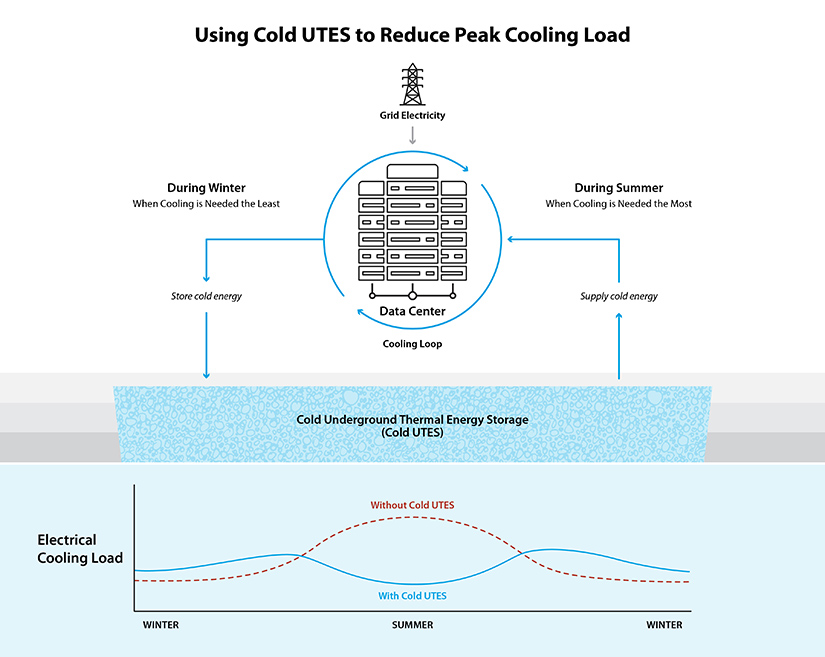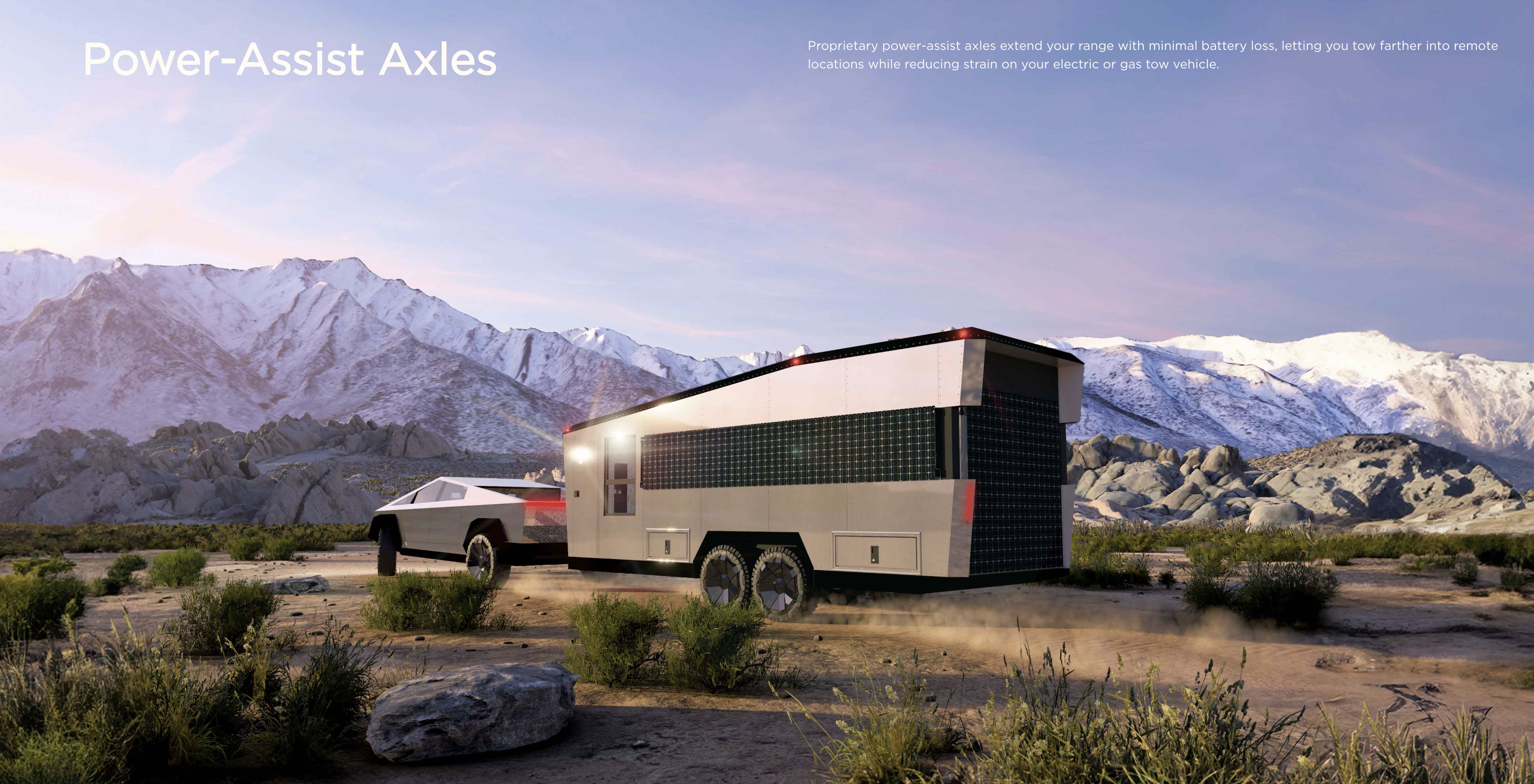
Sign up for daily news updates from CleanTechnica on email. Or follow us on Google News!
Last Updated on: 5th February 2025, 03:13 am
As US Data Centers Continue To Grow, Integrating Geothermal UTES Cooling Could Change the Game
As the demand for U.S. data centers grows with the expansion of artificial intelligence, cloud services, and big data analytics, so do the energy loads these centers require.
By some estimates, data center energy demands are projected to consume as much as 9% of US annual electricity generation by the year 2030. As much as 40% of data center total annual energy consumption is related to the cooling systems, which can also use a great deal of water. The peak demand of data centers on the hottest hours of the year are a much higher percentage and represent a large cost for the U.S. electric grid.
A new project led by the National Renewable Energy Laboratory (NREL) and funded by the U.S. Department of Energy’s (DOE’s) Geothermal Technologies Office aims to address these cooling-system challenges by incorporating geothermal underground thermal energy storage (UTES) technology for data centers.
Data centers typically cool computing equipment by blowing cold air over the components using a water-cooled fan coil or by directly cooling the computing equipment with cool water. Geothermal electricity generation is one option to serve these continuous cooling and computing power requirements. However, emerging geothermal technologies like those that will be explored as part of the new Cold Underground Thermal Energy Storage (Cold UTES) project offer a unique opportunity to reduce data center cooling loads while building more resilient infrastructure that creates a stable source of cooling—in turn reducing the need to build power plants to serve data center cooling loads.
“The approach we’re taking is to look into the technical and economic viability of the proposed Cold UTES technologies by projecting what data center loads will look like over the next 30 years,” said Guangdong Zhu, a senior researcher in NREL’s Center for Energy Conversion and Storage Systems and principal investigator for the Cold UTES project. “We’ll then do some projections and grid-scale analysis to show what this technology could look like if it’s commercially deployed at a large number of data centers. We’re aiming to improve grid resilience and reduce the cost of required grid expansion.”
By using off-peak power to create a cold energy reserve underground, Cold UTES can be incorporated into existing data center cooling technologies and used during grid peak load hours. This charge/discharge cycling allows the technology to be optimized based on time-of-use and other key grid parameters, similar to a conventional battery charge/discharge cycling, thereby reducing the overall operating cost of the grid. The key difference is that Cold UTES can not only do the same diurnal storage as a conventional grid battery, but it can also achieve long-duration energy storage at seasonal time scales.
“Our expectation is that a Cold UTES system can provide a long-duration energy storage and industrial-scale cooling solution that is commercially attractive and technically viable for data centers,” said Jeff Winick, technology manager at DOE’s Geothermal Technologies Office. “This project will confirm the potential of these systems to provide significant savings and value to data center operators, utilities, and grid system operators.”

NREL is leading the project’s system analysis and grid impact work. Zhu is also joined by partners at Lawrence Berkeley National Laboratory, Princeton University, and the University of Chicago to illustrate how Cold UTES is commercially attractive and technically viable for large data center cooling loads.
“The idea of Cold UTES is super exciting because it’s a novel player in the space of data center energy management and cooling,” said Andrew Chien, a professor of computer science at the University of Chicago. “I can’t think of another technology focused on storing cold with new opportunities to make data centers more efficient.”
Ultimately, the project hopes to reduce strain on the grid from data centers, reduce the energy cost to data centers, and reduce the cost of data center cooling systems. The ability of Cold UTES to efficiently deliver seasonal storage could also help reduce seasonal curtailments of wind and solar generating facilities. Cold UTES has the potential to reduce overall costs for the fast-growing data center market, improve grid resiliency during extreme weather events, and help reduce costs and improve reliability for all grid customers.
“This project will help accelerate the development, commercialization, and use of next-generation geothermal energy storage technologies,” Winick said, “thereby establishing American global leadership in energy storage.”
By Alyssa Bersine. First published on NREL website.
Chip in a few dollars a month to help support independent cleantech coverage that helps to accelerate the cleantech revolution!
Have a tip for CleanTechnica? Want to advertise? Want to suggest a guest for our CleanTech Talk podcast? Contact us here.
Sign up for our daily newsletter for 15 new cleantech stories a day. Or sign up for our weekly one if daily is too frequent.
CleanTechnica uses affiliate links. See our policy here.
CleanTechnica’s Comment Policy




